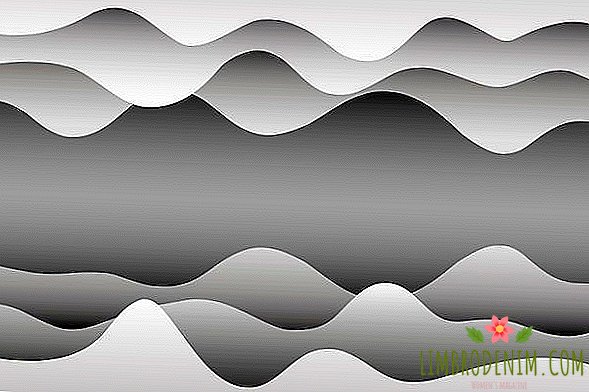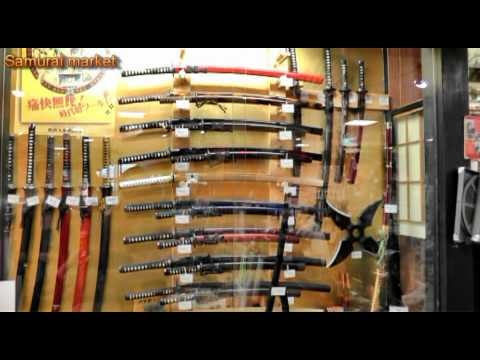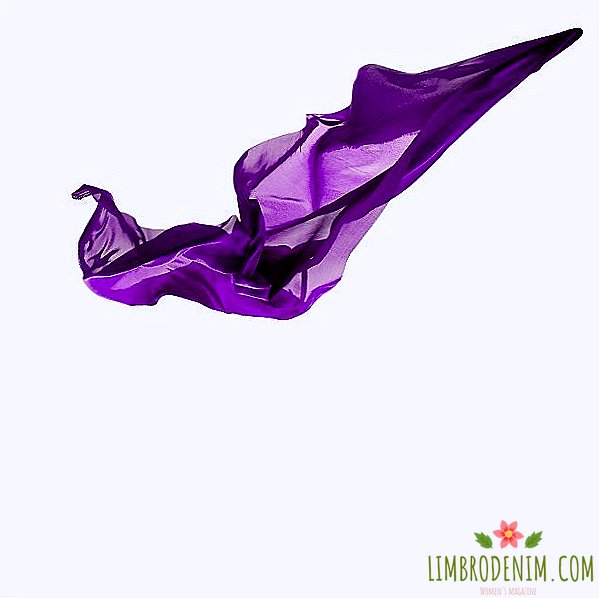From Malevich to Bulatov: Who Gosha Rubchinsky inspires
Gosha Rubchinsky is associated primarily with the "aesthetics of the suburbs" - however, the designer is inspired not only by gloomy skaters, five-story buildings and concrete, but also by well-recognized examples of “high art”. The recent fashion show in Yekaterinburg was held in the Freedom Hall against the backdrop of the work of the famous Soviet avant-garde artist Erik Bulatov - we talk about him and other great artists whom Rubchinsky explicitly and implicitly quotes in his collections.


Rodchenko is one of those artists whose talent is too great for one genre. The Soviet avant-garde artist is known primarily as a photographer who used innovative techniques such as unusual angles and shooting points, but besides Rodchenko's photo, he and his wife, Varvara Stepanova, were engaged in painting, subject design, interior design and graphic design, work in cinema. Rubchinsky (who not only invents clothes himself, but also removes the lookbooks, and draws up performances) clearly inspires fonts and posters designed by Rodchenko together with Mayakovsky, a friend in the "advertising constructors" community. Posters for GUM, Mosselprom, Rezinotrest, LitGIZ (with the famous photo of Lily Brik) and other Soviet organizations with loud names inspired so many designers around the world that styling for Soviet propaganda-mass art in advertising is already considered a bad tone - nevertheless interpretation Soviet kitsch performed by Rubchinsky liked the public.
In the spring-summer 2016 collection, there are a lot of direct references to the Soviet past and constructivism: at the Paris Fashion Week, the designer showed shirts with the inscription “Ready for Labor and Defense” and T-shirts with a sickle and hammer pattern, and complemented all these headdresses in the form of red rectangles, stars and gears. It is not surprising that when Kanye West unexpectedly arrived in Moscow, Rubchinsky took him to the exhibition of photographs of Rodchenko in the Multimedia Art Museum.


It seems that Malevich is so monumental that sooner or later every artist enters into a dialogue with him - and in the fashion industry quotes from the classics are also found in student works and in well-known brands such as Chanel, Burberry and Maison Martin Margiela. Maitre not only painted, made architectural models and wrote theoretical works on art, but also designed the futuristic opera "Victory over the Sun": the costumes for her are examples of the gender deconstructive fashion, which still looks unusual. In the fall-winter 2017 collection, Rubchinsky rather straightforwardly quotes the Suprematic Compositions of the 1900s: a sweater with a geometric pattern clearly recalls the Russian avant-garde, which the Western public knows and loves, and at the same time hints at a football theme - see the circle above ? This is a ball that the Suprematic footballers are chasing (at least Rubchinsky himself told reporters so).


Rubchinsky knew everything about his aesthetic preferences and artistic orientations long before he took Ray Kawakubo under his wing - and even before he began to produce his own clothes: costumes for the film Cyril Serebrennikov “Posing a sacrifice”, which Rubchinsky had styled, are already similar the fact that ten years later will appear on the podiums and in the Yeltsin Center. The designer does not hide the fact that most of all he was inspired by the 90s - the time when he himself was a teenager and was read by the magazines Ptyuch and Om. “The whole artistic life of that time grew out of Novikov’s Leningrad get-together,” the designer explained his sympathy for the artist in the first (and, it seems, the last) interview with Russian Vogue. And I remembered that in the 90s I wanted to "really, I don’t know who exactly, but a man from the pages of" Ohm "."
In memory of this era, Rubchinsky held a show in the former House of Culture of Telecommunications Workers in St. Petersburg - it was here that Novikov and his friends held the first techno parties in Russia, at which Mamyshev-Monro danced in the form of drag-queen. Of all the artists one way or another cited by the designer, Novikov and his associates (among them Sergey "Africa" Bugayev, Georgy Guryanov and his colleagues in the "Cinema" group) are closest to Rubchinsky in time and in spirit: until his later hobbies neoacademism Novikov actively united in the works of pop culture and the Soviet underground, and members of the group "New Artists", who loved extravagant outfits, dreamed of clothes Comme des Garçons.
In 2015, Rubchinsky dedicated a whole collection of the famous Novikov series "Horizons": on T-shirts, T-shirts, sweatshirts and caps, it is easy to see quotes from the works of Pyramids, The Sun and Penguins. They look quite organic - perhaps because in the original all of these are woven cloths. The “rags,” as Novikov indulgently called them, favorably differed from traditional pictorial works in that they could be easily transported from exhibition to exhibition — while other underground workers dragged along the street with stretchers, drawing unnecessary attention, Novikov folded his canvases into a suitcase and effectively unfolded the exhibition in minutes. Would you like the clothes of Rubchinsky company Novikov? Surely: look at the outfits in which the artists starred in the movie "Assa" and the documentary "Zero Object".


One of the founders of social art - a direction ironic over Soviet symbolism and pathos - now lives in France and remains an amazingly modern artist (perhaps just because he did not dwell on Soviet aesthetics). As says Rubchinsky, who met with Bulatov in the art residence in France, he is "far from being a conservative artist who lives in the past - on the contrary, he lives in the future." Not surprisingly, it was Bulatov who allowed Rubchinsky to make a collection based on the work “Suddenly a Friend - an Enemy”, which is not yet presented to the public. According to Rubchinsky, this picture embodies the state of society today: "Time passes so quickly that sometimes you do not have time to figure out what is happening: a friend suddenly becomes an enemy, and the enemy becomes a friend."
Bulatov's paintings are easily recognizable by the masterful treatment of the plane and blotches of poster graphics: the artist embeds flat inscriptions and slogans into the landscape, for example, "I live - I see" or "Glory to the CPSU". “Strangely enough, it is easier for a foreigner to see this visual image, and the meaning of the word itself will be translated if necessary,” explains Bulatov’s interest of the Western public in his works with inscriptions in Russian. Perhaps this can also explain the warm attitude of Western buyers and fashion critics to Rubchinsky - and a reserved interest in Russia, where most of the designer’s quotes do not require translation, but, on the contrary, are painfully familiar.
Photo: Moscow Books, MoMA, Gosha Rubchinskiy, Timur Novikov, KM20, Renaissance Society, Press Service




